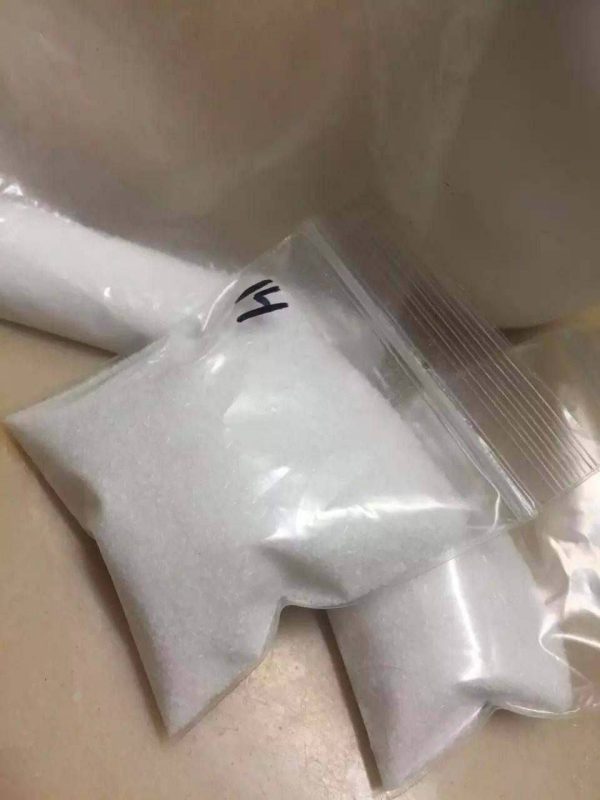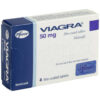Ketamine powder
€200.00
Uses of Ketamine
1. Anesthesia
Ketamine is widely used in medical settings as a general anesthetic, particularly in emergency situations and for short surgical procedures. Its unique ability to provide sedation, amnesia, and pain relief without significantly depressing respiratory function makes it ideal in trauma or battlefield medicine.
2. Pain Management
Ketamine is used in low doses to treat chronic pain syndromes, including:
-
Complex regional pain syndrome (CRPS)
-
Cancer-related pain
-
Neuropathic pain
It can be administered as a ketamine infusion or via other routes for patients not responding to conventional painkillers.
Ketamine Powder: Uses, Dosage, and Effects
Introduction
Ketamine powder, originally developed in the 1960s as a fast-acting anesthetic, has gained increasing attention in recent years for its broader medical applications, including treatment-resistant depression and chronic pain.
Uses of Ketamine
1. Anesthesia
Ketamine is widely used in medical settings as a general anesthetic, particularly in emergency situations and for short surgical procedures. Its unique ability to provide sedation, amnesia, and pain relief without significantly depressing respiratory function makes it ideal in trauma or battlefield medicine.
2. Pain Management
Ketamine is used in low doses to treat chronic pain syndromes, including:
-
Complex regional pain syndrome (CRPS)
-
Cancer-related pain
-
Neuropathic pain
It can be administered as a ketamine infusion or via other routes for patients not responding to conventional painkillers.
3. Treatment-Resistant Depression
In recent years, ketamine has emerged as a breakthrough therapy for individuals with treatment-resistant depression (TRD) and suicidal ideation. Unlike traditional antidepressants that take weeks to work, ketamine can provide rapid relief within hours.
4. Post-Traumatic Stress Disorder (PTSD) and Anxiety
Early research shows promise in using ketamine to treat PTSD, anxiety disorders, and bipolar depression. Clinical trials are ongoing to better understand its long-term effectiveness and safety.
Dosage
Ketamine dosage varies significantly based on its intended use, the route of administration, and patient factors such as age and body weight. Here are some general guidelines:
| Use | Dosage | Route |
|---|---|---|
| General Anesthesia | 1–2 mg/kg (IV) or 4–10 mg/kg (IM) | Intravenous (IV) / Intramuscular (IM) |
| Pain Management | 0.1–0.5 mg/kg (IV or subcutaneous) | IV Infusion / Subcutaneous |
| Depression (off-label or esketamine) | 0.5 mg/kg (IV) over 40 mins | IV / Intranasal (esketamine) |
| Recreational / Non-medical Use (not recommended) | Variable and unsafe | Oral, Intranasal, IM, or IV |
Effects of Ketamine Powder
Short-Term Effects
When used therapeutically, ketamine can produce:
-
Sedation
-
Analgesia (pain relief)
-
Dissociation (a sense of detachment from the body or environment)
-
Euphoria or calmness (in low doses)
In higher doses, or when misused, effects include:
-
Hallucinations
-
Confusion
-
Nausea
-
Increased heart rate and blood pressure
-
Loss of motor control
-
“K-hole” experience (a deep, often distressing dissociative state)
Long-Term Effects
With repeated or high-dose use—especially recreationally—ketamine may cause:
-
Urinary tract and bladder damage (ketamine-induced cystitis)
-
Cognitive impairment
-
Memory deficits
-
Tolerance and dependence
In clinical settings, long-term use is generally avoided or closely monitored.
Risks and Precautions
-
Addiction potential: Although not as addictive as opioids, ketamine can be habit-forming if misused.
-
Mental health concerns: People with a history of psychosis or schizophrenia should avoid ketamine.
-
Medical supervision is essential due to its powerful psychological effects and the need for proper dosing and monitoring.
Conclusion
Ketamine is a powerful and versatile drug with proven medical benefits in anesthesia, pain management, and psychiatric treatment. While its rapid action in alleviating depression offers new hope for many patients, it must be used with caution and under professional supervision. As research continues, ketamine may redefine how we treat some of the most challenging medical and psychological conditions.
Be the first to review “Ketamine powder” Cancel reply
Related products
Pills
Pills
Pills
Pills












Reviews
There are no reviews yet.